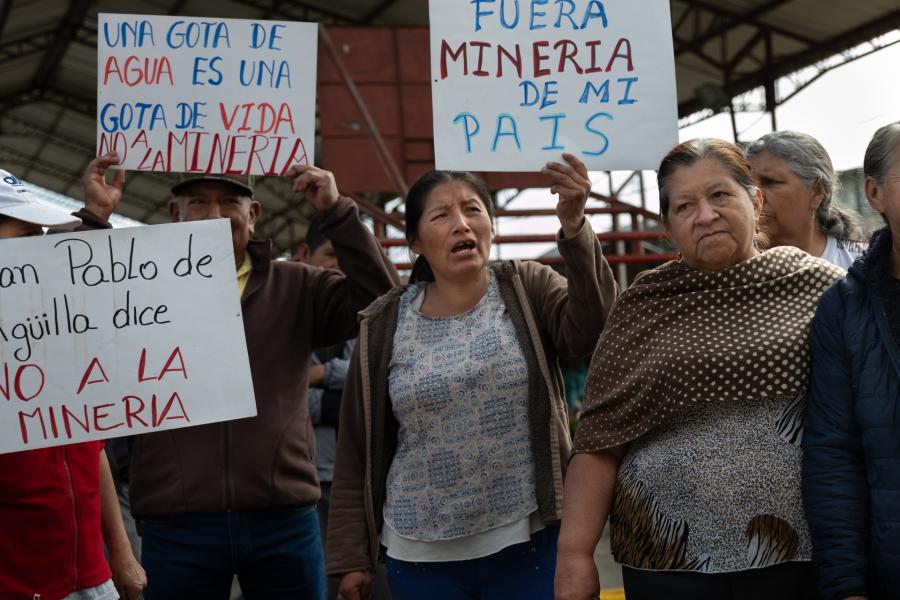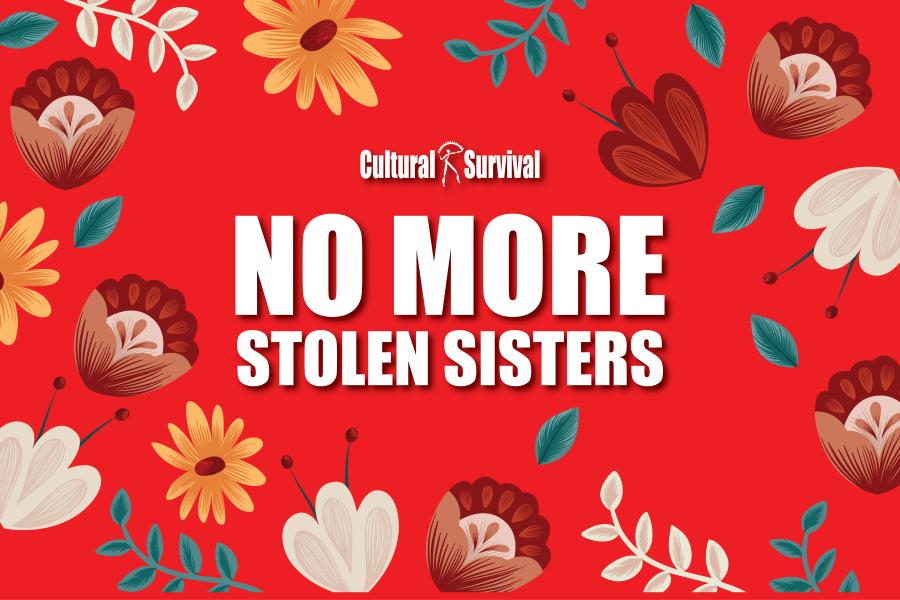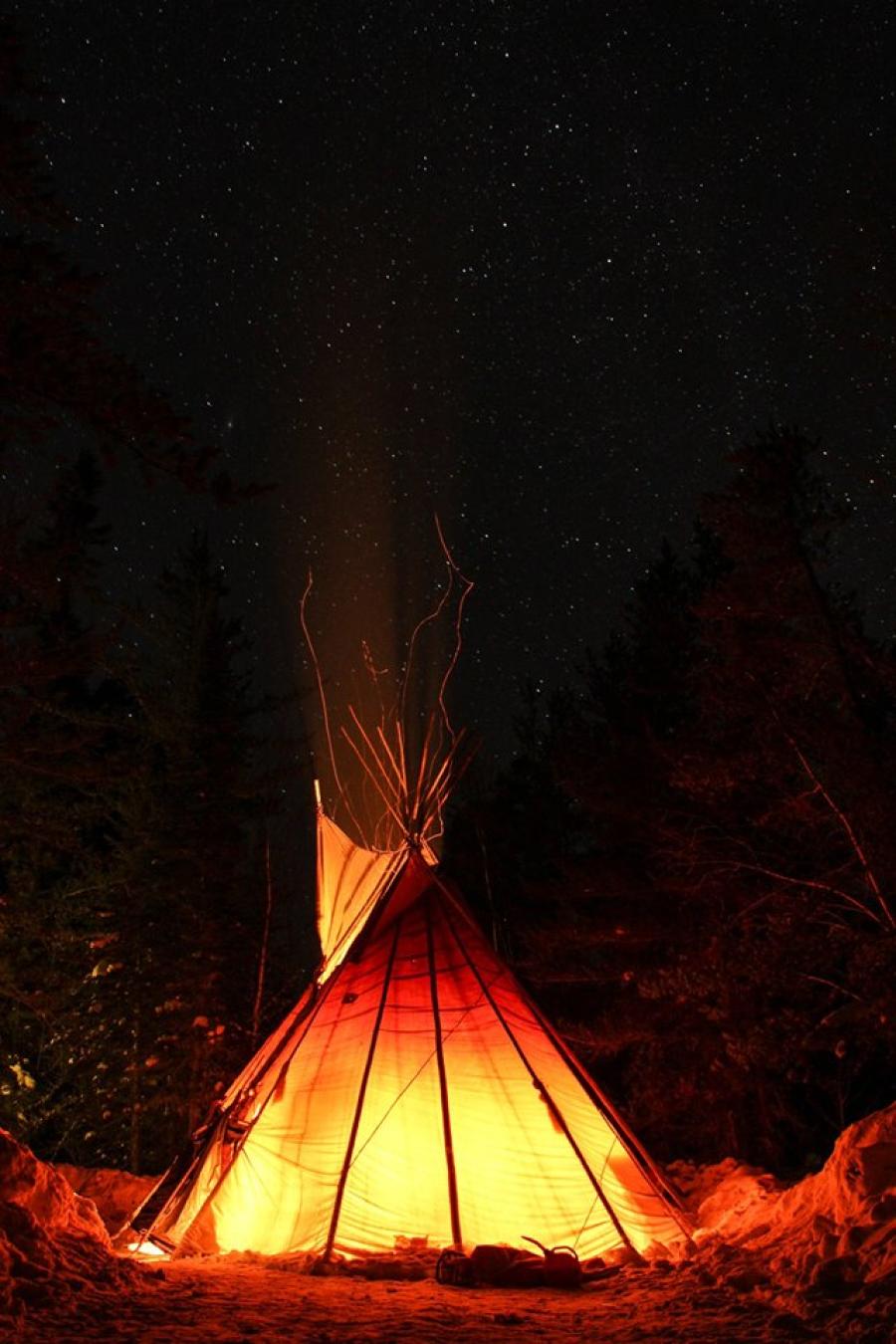Location, Land, and Climate
The earliest known Mohawk villages were on the St. Lawrence River near Montreal. In 1535, when rivals drove them south, the Mohawk built three fortified villages along the Mohawk River in northeast New York.
Great stands of oaks, chestnuts, alders, beeches, and pines then blanketed the Mohawk valley. Deer, turkeys, elks, bears, foxes, and wolves provided meat and clothes. The rivers ran thick with fish, which the Mohawk salted and stored for winter, and teemed with beaver, whose pelts were traded with European settlers.
Christianized Mohawks migrated north to mission villages. As Britain's allies in the American Revolution, most of the remaining Mohawks had to leave the valley in 1798. England created the Six Nations Reserve at Grand River in Brantford, Ontario, and the Tyendinaga Indian Reserve in Ontario. Others have since been established in southeast Canada. Today, there are about 30,000 Mohawk in the United States and Canada.
Livelihood
Traditionally, Mohawks divided labor by gender. Men spent most of the time hunting and fishing and the rest of the time warred with rivals, notably Algoniquins and later the French. Women's farming provided most of the sustenance. Maize was the main crop and staple diet. River bottoms yielded good crops of maize, beans, pumpkins, and squashes. After the Mohawk migrated to Canada and found little game, some men helped farm.
In the last century, Mohawks have found niches in the economies of Canada and the United States. Since 1886, when the Canadian National Railway hired Mohawks to work on a bridge abutting tribal land, Mohawks have been respected high-rise steel workers.
Cultural Systems
Mohawks base social relations on kinship. Matrilineages include several clan groups. In the past, the three clans - bear, turtle, and wolf - each had a matron who could adopt members into the clan, usually from tribes defeated in war. The matron, with the consent of the people, also chose ia new chief when the need arose. Although only men could be chiefs, women were involved in all clan-level and inter-tribal decisions.
Sometimes before 1630, the Mohawk helped form the Iroquois League, which became a model for the U.S. political system. The league consisted of the Oneida, Onondaga, Cayuga, Seneca, and Mohawk; Tuscaroras migrated from the southeast and joined in the 1720s. The league prevented tribal conflict, secured political recognition from Europeans, and increased the members' territory.
Fifty chiefs from the five tribes managed the league's affairs. Decisions had to be unanimous and were made only with the consent of the clan councils, such as the warriors' council, women's council, and council of ancients. The longhouse served a as symbol for the league: up to 500 feet long with bark walls, it usually sheltered five families representing the unity of the five nations.
The league's political power began to wane when the Mohawk migrated to Canada in 1798. The power of the clan chiefs was undermined by the Canadian Indian Affairs Acts of 1868 and 1869, which required elected councils. An 1876 act threw the strong matrilineal organization of Mohawk society into confusion, since it called for registration according to patrilineal descent.
Although it is hard to discern traditional Mohawk religion amid European influences, a few principles remain distinct. Much of the religion is based on a primordial conflict between good and evil. Dreams manifest divine will and should be obeyed in real life. Mohawk shamans spend much of their time interpreting and satisfying dreams.
Christian influence grew particularly strong among the Mohawks. First the French Jesuits and later the English converted most Mohawks, at least nominally, to Christianity. The Mohawk preserved some aspects of their religion, but most Canadian reservations are aligned with Christian denominations. Mohawk religion also stresses the sacred relationship among human beings, animals, and the rest of creation.
SUGGESTED READINGS
Nancy Bonvillain, "Iroquoian Women." Studies on Iroquoian Culture, ed. Nancy Bonvillain, Occasional publications in Northeastern Anthropology, No. 6.
Francis Jennings, The Ambiguous Iroquois Empire, W.W. Norton, 1984.
Codman Hislop, The Mohawk, Syracuse University, 1989.
W.G. Spittal, Iroquois Women, An Anthology, Iroquois Publishers, 1990.
SUPPORT ORGANIZATION
Akwasesne Mohawk Indian Nation, Box 196, Rooseveltown, NY 13683.
Current Problems
Land disputes with the U.S. and Canadian governments are among the most persistent, dramatic problems. In 1990, one dispute led to an armed confrontation between members of the Mohawk Warrior Society and the Sûreté du Québec at Oka, south of Montreal. At issue was the expansion of a proposed golf course onto ancestral Mohawk land, including a cemetery. Mohawks set up a barricade to halt construction. A police officer was killed in a brief engagement when the sûreté advanced on the barricade. Two Mohawks have been convicted on charges of aggravated assault.
Ineffective reservation governments pose another difficulty. Moreover, the lack of effective lobbying power means that the rights and issues of the Mohawk are often ignored. The legal classification of Mohawks as either United States or Canadian citizens is a further issue for the people of the St. Regis Reservation, which straddles the international border. Likewise, the passage of goods across the border is a sore point between Mohawks and customs officials.
Article copyright Cultural Survival, Inc.



